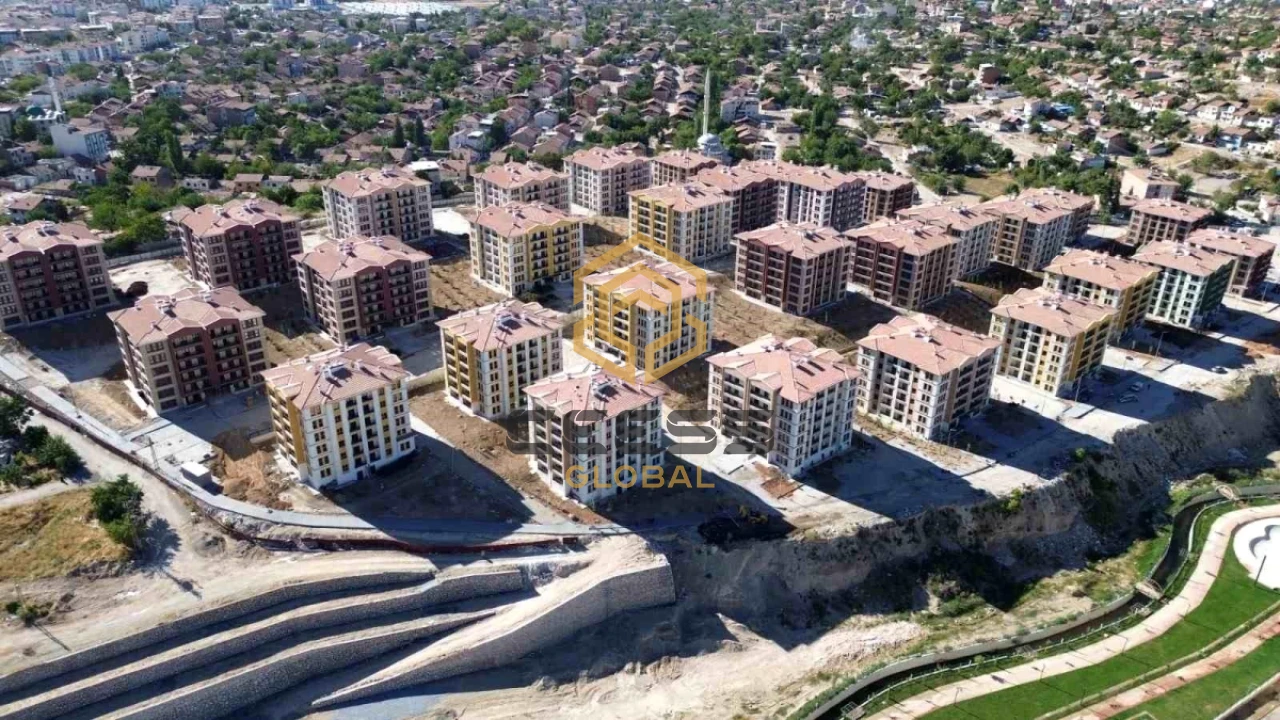We live in a geography where fault lines pass through intensely. Even if we forget, nature reminds us every time that the issue must be taken seriously. Since we cannot escape the reality of earthquakes, we need to make our buildings earthquake-proof. One of the measures that can be taken against earthquakes is the retrofitting of buildings at risk in the light of science and in accordance with the regulations. However, if the building is not suitable for retrofitting, it must be demolished and rebuilt in accordance with the ground and regulations.
At this point, we come across the concept of urban transformation, which we have heard frequently recently. Urban transformation is the rehabilitation of areas that do not allow for a healthy and safe urban life in terms of both ground and infrastructure. Rehabilitation is done by demolishing dangerous structures and rebuilding new ones in accordance with modern technology, robust and earthquake resistant. Urban transformation aims to minimize the damage that may arise from natural disasters.
The scope and conditions of urban transformation are also regulated by law. Law No. 6306 on the Renewal of Disaster-Risk Structures plays an important role in terms of defining the scope of urban transformation, clarifying rights and obligations, and better understanding the rights of both personal rights holders such as tenants and real rights holders such as owners. According to Law No. 6306, urban transformation is the identification of disaster-prone areas in the city and making them healthy and habitable. The law envisages the reconstruction of buildings that have completed their economic life and are at risk of collapse in cities and villages all over Turkey, using construction loans, rental assistance, municipal fees and tax advantages provided by the state.
After making these definitions, let us briefly evaluate the conditions of urban transformation, how the building risk assessment will be made and what should be done after the risky assessment.
What are the Conditions for Urban Transformation?
In order for urban transformation to be realized, certain conditions must be fulfilled. First of all, building risk assessment should be carried out through companies licensed by the Ministry of Environment, Urbanization and Climate Change and a risky building assessment report should be prepared for the building. The application for risk assessment can be made by any of the shareholders of the building. In addition, buildings in areas declared as reserve or implementation areas by the Decree of the Council of Ministers are also considered risky. In these areas, if the owners do not apply to determine whether the building is risky or not, this determination will be made by the ministry or the municipality.
In the risk assessment, the concrete strength of the building is determined by taking core samples from the load-bearing columns, the building survey is taken, the iron analysis of the load-bearing columns is made, a ground survey report is prepared, static and earthquake analyzes are made and the building risk is determined. If it is determined with a report that the building is risky and dangerous, then the risk status of the building is finalized with the approval of this report by the relevant administration. Right holders can object to this official procedure within 15 days. The objection commission examines the objection and makes the final decision.
What to Do After Risk Assessment?
After the finalization of the risk assessment, the building owners are given 60 days to demolish the building, and if the building is not demolished within this period, the demolition is carried out by the public and the demolition costs are requested from the owners. In this case, the owners of the building become land shareholders in proportion to their shares in the title deed. At this stage, with the approval of 2/3 majority of the land shareholders, who, how and with which share the building will be constructed is determined by the Building Joint Decision Protocol. After these procedures, it will be appropriate to start the construction process for urban transformation by making a contract with a contractor. If the owners of the land on which the building has been demolished cannot reach an agreement with a two-thirds majority within thirty days, the ministry has the authority to make urgent expropriation by Toki or the administration.
The shares of the right holders who do not participate in the building joint decision protocol are sold to other partners through an auction. If there is no buyer in this sale, the ministry purchases these shares through expropriation. The building can be built according to this protocol. Urban Transformation Loan can be utilized for building construction.
If the age of your building is high or if you are concerned about the earthquake resistance of your building, get an earthquake risk analysis done without wasting time. If your building is found to be risky, I strongly recommend you to renew your building by agreeing with a contractor company that is experienced in urban transformation and trustworthy with the projects it has realized, and to continue your life peacefully and safely with your loved ones in an earthquake-resistant building.
I am Semih Sarıalioğlu, your Real Estate Investment Expert. With my 24 years of experience in real estate, I will try to enlighten you, answer your questions and be your guide in the field of real estate in my column. Gay

